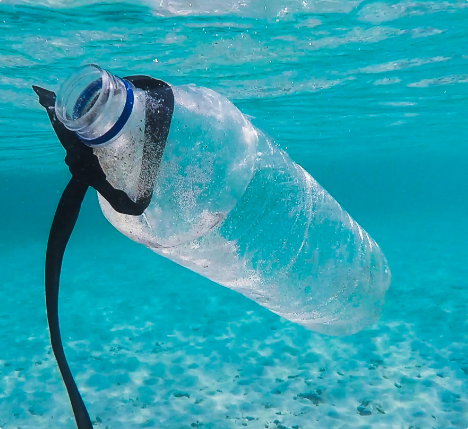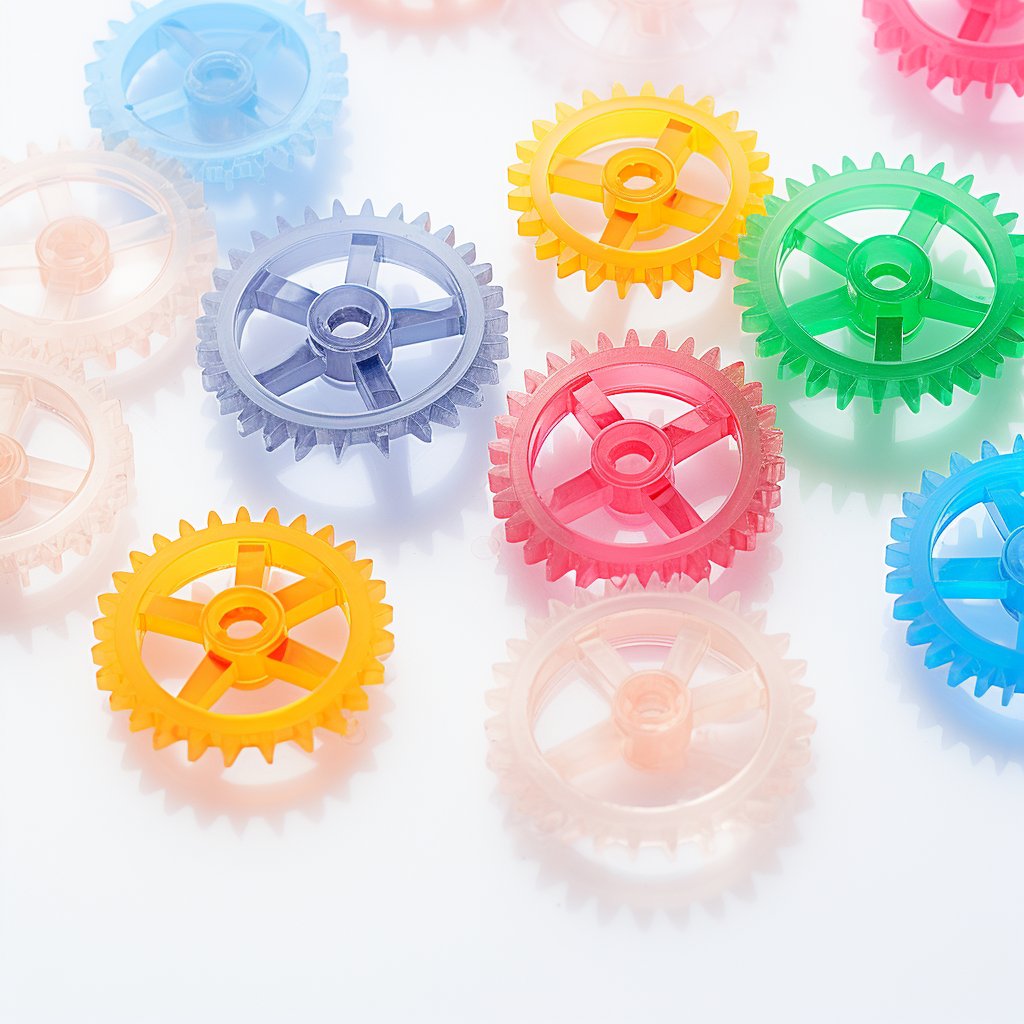The increasing awareness of the impact of plastic waste on the environment has led to a growing demand for sustainable and biodegradable materials. Polylactic Acid (PLA) is one such material that has gained popularity in recent years as a more eco-friendly alternative to traditional petroleum-based plastics. Made from renewable resources such as corn starch or sugarcane, PLA is a biodegradable and compostable polymer that has a wide range of industrial and consumer applications. In this article, we will explore the properties, history, industrial usage, application areas, advantages and disadvantages, recycling, market price developments, and future market prognosis of PLA, for professionals working in the plastics industry, recycling industry, and university students.
If you’re interested in learning more about Polylactic Acid (PLA) and how it can be incorporated into your business or products, get in touch with empower.eco. Our team of experts can provide you with guidance and support in using sustainable and eco-friendly materials. Together, we can work towards a more sustainable and circular economy.

What is Polylactic Acid (PLA)
PLA is a biodegradable polymer made from lactic acid, a naturally occurring organic acid. It is produced through the polymerisation of lactic acid, which is obtained by fermenting renewable resources such as corn starch or sugarcane.
PLA was first developed in the early 1990s by NatureWorks, a subsidiary of Cargill. Since then, it has become increasingly popular as a more sustainable alternative to traditional petroleum-based plastics. Polylactic Acid (PLA) is a thermoplastic polymer made from renewable resources such as corn starch, sugarcane, or cassava. It is a biodegradable and compostable material that has gained popularity in recent years as a more sustainable alternative to traditional petroleum-based plastics.
Material Properties:
PLA has a similar appearance and feel to traditional plastics, but it has some distinct material properties. It is a rigid, transparent, and brittle material that has a relatively low melting point (around 170°C). It has good tensile strength, which makes it suitable for certain applications. However, it is more prone to cracking than other plastics, particularly under stress.
Industrial Usage:
PLA is used in a variety of industrial applications, including packaging, disposable tableware, textiles, and 3D printing. It is particularly popular in the food and beverage industry, where it is used for packaging and disposable utensils.
Application Areas:
PLA has a wide range of applications in various industries such as food packaging, agriculture, textiles, and medical devices. PLA is used for packaging, disposable cutlery, and food containers in the food industry. In agriculture, PLA can be used as a biodegradable mulch film to improve soil health. In the textile industry, PLA is used to produce sustainable fabrics such as biodegradable carpet fibers. In the medical industry, PLA is used for surgical sutures, implants, and drug delivery systems.
Consumer Product Examples:
PLA has also found its way into consumer products such as disposable coffee cups, food containers, straws, and utensils. PLA also produces eco-friendly clothing, such as t-shirts and activewear.
Advantages and Disadvantages Compared to Alternative Plastics:
One of the main advantages of PLA is that it is made from renewable resources, which reduces dependence on fossil fuels. It is also biodegradable and compostable, reducing plastic waste’s environmental impact. Additionally, it has a lower carbon footprint than traditional plastics. PLA also has good mechanical and thermal properties, making it versatile for a wide range of industrial and consumer applications.
However, PLA also has its own set of limitations and challenges. For example, PLA production requires significant energy and can result in greenhouse gas emissions. Additionally, PLA is not as heat-resistant as traditional plastics, which can limit its use in high-temperature applications.
Recycling:
PLA is a biodegradable and compostable material that can be recycled through industrial composting facilities. However, it cannot be recycled through traditional recycling methods because it requires high temperatures to break down. Additionally, if PLA ends up in the recycling stream with other plastics, it can contaminate the recycling stream and reduce the quality of recycled products.
The key advantages of recycling PLA:
- Reducing waste: Recycling PLA can divert waste from landfills and incinerators, helping reduce the amount of waste sent to these disposal methods.
- Conserving resources: Recycling PLA saves energy and resources compared to producing new PLA from virgin materials. This can help to reduce the environmental impact of PLA production and conserve non-renewable resources.
- Lowering greenhouse gas emissions: By recycling PLA, greenhouse gas emissions associated with the production of new PLA can be reduced, helping to mitigate the effects of climate change.
- Encouraging a circular economy: Recycling PLA supports the concept of a circular economy, where materials are kept in use for as long as possible, reducing the need for new resource extraction and waste disposal.
In terms of ecological impact, recycling PLA can help to reduce the environmental impact associated with the production and disposal of plastics. By reducing waste and conserving resources, recycling PLA can help minimise the plastics industry’s ecological footprint and contribute to a more sustainable future.
Market Price Developments and Future Market Prognosis:
The market price of PLA has been higher than traditional plastics, but it has been decreasing as more manufacturers switch to sustainable materials. The future market prognosis for PLA is positive, as the demand for sustainable materials continues to grow. The global market for bioplastics, including PLA, is projected to reach $15.9 billion by 2027.
Summary
Polylactic Acid (PLA) is a promising alternative to traditional petroleum-based plastics, offering a more sustainable and eco-friendly solution to the plastic waste problem. Its unique combination of properties and characteristics make it a versatile material for a wide range of industrial and consumer applications. While PLA has its own set of limitations and challenges, ongoing research and development efforts are focused on addressing these issues and improving the material’s performance and cost-effectiveness.
As consumers, businesses, and policymakers become more aware of the environmental impact of plastics, the demand for sustainable and biodegradable materials like PLA is expected to grow in the coming years. By incorporating PLA into products and packaging, recycling it properly, and supporting research and innovation in this field, we can work towards a more circular and sustainable economy. Whether you work in the plastics industry, or recycling industry, or want to learn more about sustainable materials, we encourage you to explore the potential of Polylactic Acid (PLA) and its role in creating a more sustainable future.






